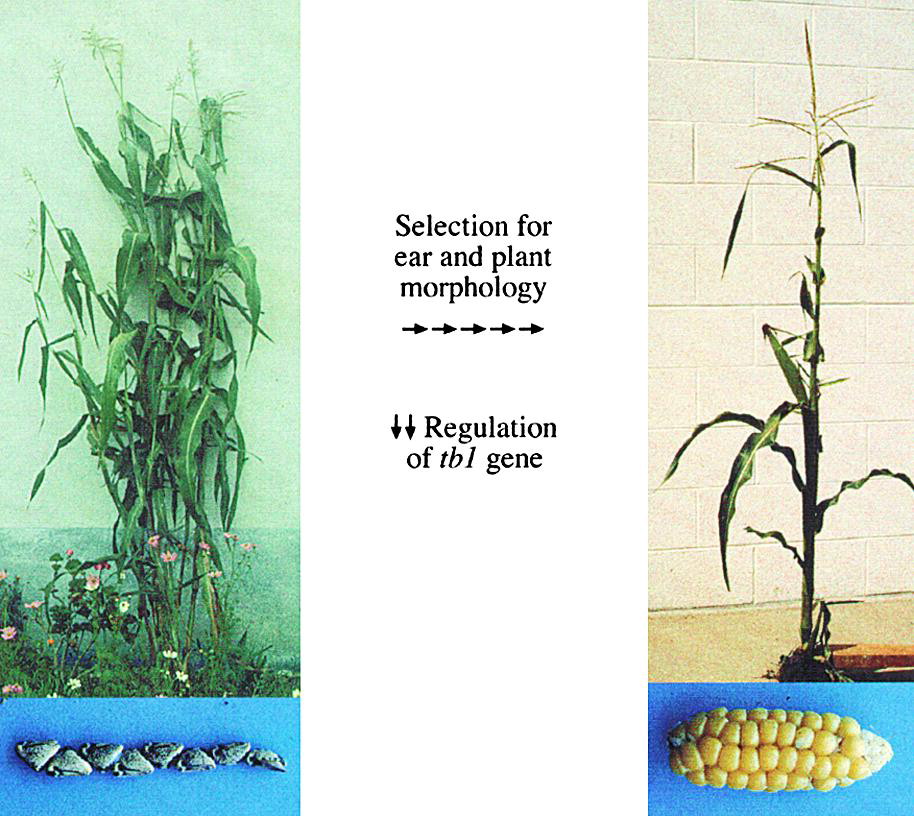So begins our epic journey through a book. I may not be the best person to undertake this journey, but then the author probably wasn’t the best person to write this book either.
Why do I say that? This book is about “The explosive origin of animal life and the case for intelligent design”. Stephen C Meyer is one of the founders of the Discovery Institute’s Center for Science and Culture. He is currently the director of said center and a ‘senior fellow’ at the Discovery Institute.
He has a bachelor’s degree in earth science and physics and a Ph.D. In history and philosophy of science. He has written 5 books (including Darwin’s Doubt) on the subject of intelligent design, but has not written (as much as my research allows) any peer-reviewed articles on any subject.
Please note that Meyer had one paper published. That paper was subsequently retracted by the journal, because it did not meet their standards, it was not peer-reviewed, and it was on a subject that was not relevant to the journal. You can look that up more here.
So what about Darwin’s Doubt?
Our story opens with a brief mention of Watson and Crick who “first illuminated the chemical structure and information bearing properties of DNA”. And right there, on page one, we have a problem. Now, I freely admit that I am hyper sensitive to this book and may be biased.
So, with that being said, I’ll point out that Watson and Crick did not “illuminate” the structure of DNA. That work was actually done by Rosalind Franklin. She was the one who actually created the images (via X-Ray diffraction) that Watson and Crick used to formulate the hypothesis about the structure of DNA.
While the nucleotide pairing structure of DNA was developed in the 50s (as stated by Meyer), the actual knowledge of how DNA transfer information to ribozomes (via nucleic acid triples) wasn’t discovered until the 60s.
My problem isn’t so much that Meyer got it wrong, most people get it wrong. Almost no one outside of molecular biology circles knows about Rosalind Franklin. But Meyer should know about her. To me, this continues the shoddy research that Meyer had major problems with in Signature in the Cell.
But we continue.
On page two (of the Kindle edition) I see another concern. Meyer has apparently ignored the entire scope of evolutionary developmental biology. He says:
Scientists now know that building a living organism requires information, and building a fundamentally new form of life from a simpler form requires an immense amount of new information. Thus, wherever the fossil record testifies to the origin of a completely new form of animal life – a pulse of biological innovation – it also testifies to a significant increase in the information content of the biosphere.
(emphasis in original)
This is a major claim. Indeed, this is the fundamental premise on which intelligent design is based. And there’s not a single citation to support this claim. Nothing. When he says “scientists”, I’m assuming here that he means more than fellow ID proponents Michael Behe, Douglas Axe, and Ann Gauger.
Let me be perfectly clear, I don’t buy this claim. I think he’s wrong. The scientific field of evo-devo (evolutionary developmental biology) is the reason why. This field shows us that simple changes to an organism’s genome can result in massive changes to the organism itself. I would recommend Endless Forms Most Beautiful: The New Science of Evo Devo by Sean Carroll as an introduction to evo-devo.
Indeed, when looking at the variety of life, we don’t see these massive changes to the genome that we would expect. To quote Gerhart and Kirschner Cells, Embryos and Evolution
“where we most expect to find variation, we find conservation, a lack of change “
What developmental biologists have found is that it’s not so much massive changes to the genome that creates diversity, but small changes to the regulation of genes.
For example, in this paper Sean Carroll shows that to go from the wild Mexican grass teosinte to maize (image below) is not a change in gene function (specifically the tb1 gene), but a change in how that gene is turned on and off.

It really is that simple. And here’s where the problem with intelligent design’s application to biology is most prevalent.
DNA is not just an information storage system. It is an active part of the control of the genes. Even when a new organism is only a collection of 16 cells, the DNA begins to regulate each cell differently. One cell begins to produce a certain hormone. Every cell in the organism will respond in a very specific way. The cell that produced that hormone becomes the front of the organism. The cells that receive the least amount of the hormone become the tail.
Different genes are turned on or off at different times of the organism’s development based on these hormonal signals. A genetic mutation (as in the maize above) not in the gene that controls seed production, but in the gene that controls the gene for seed production results in a wildly different structure.
This is the most fundamental misunderstanding that ID proponents have. It is a critical flaw in their notions. Basically, their notions don’t match with reality.
Now, I’ve gone on for bit and we’re on 60 or 12,555 of the Kindle edition of Darwin’s Doubt.
This is going to be a long slog.
